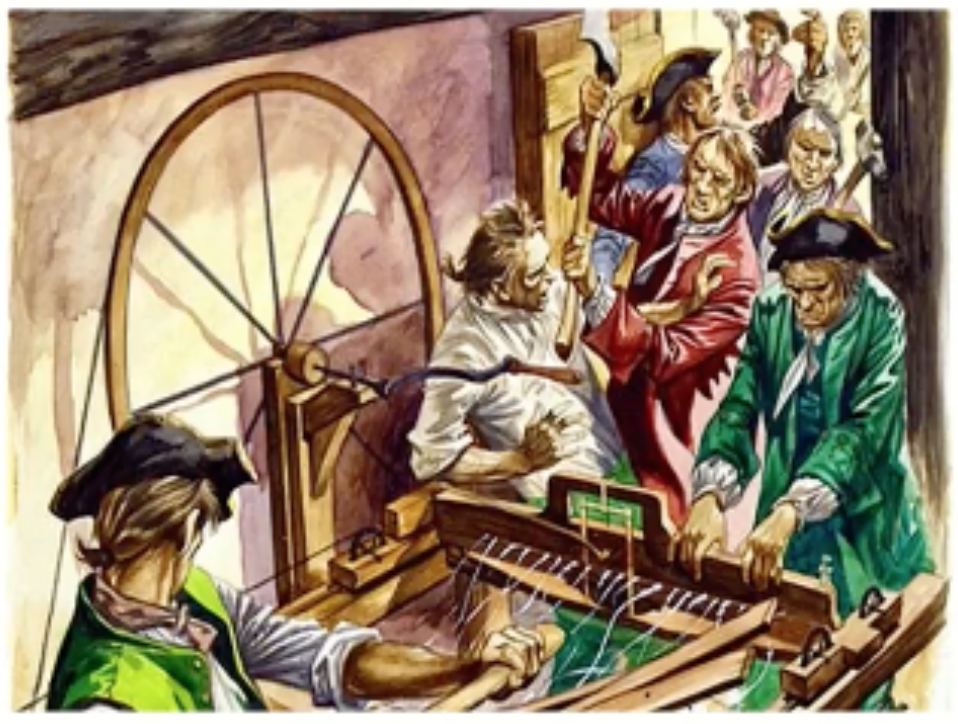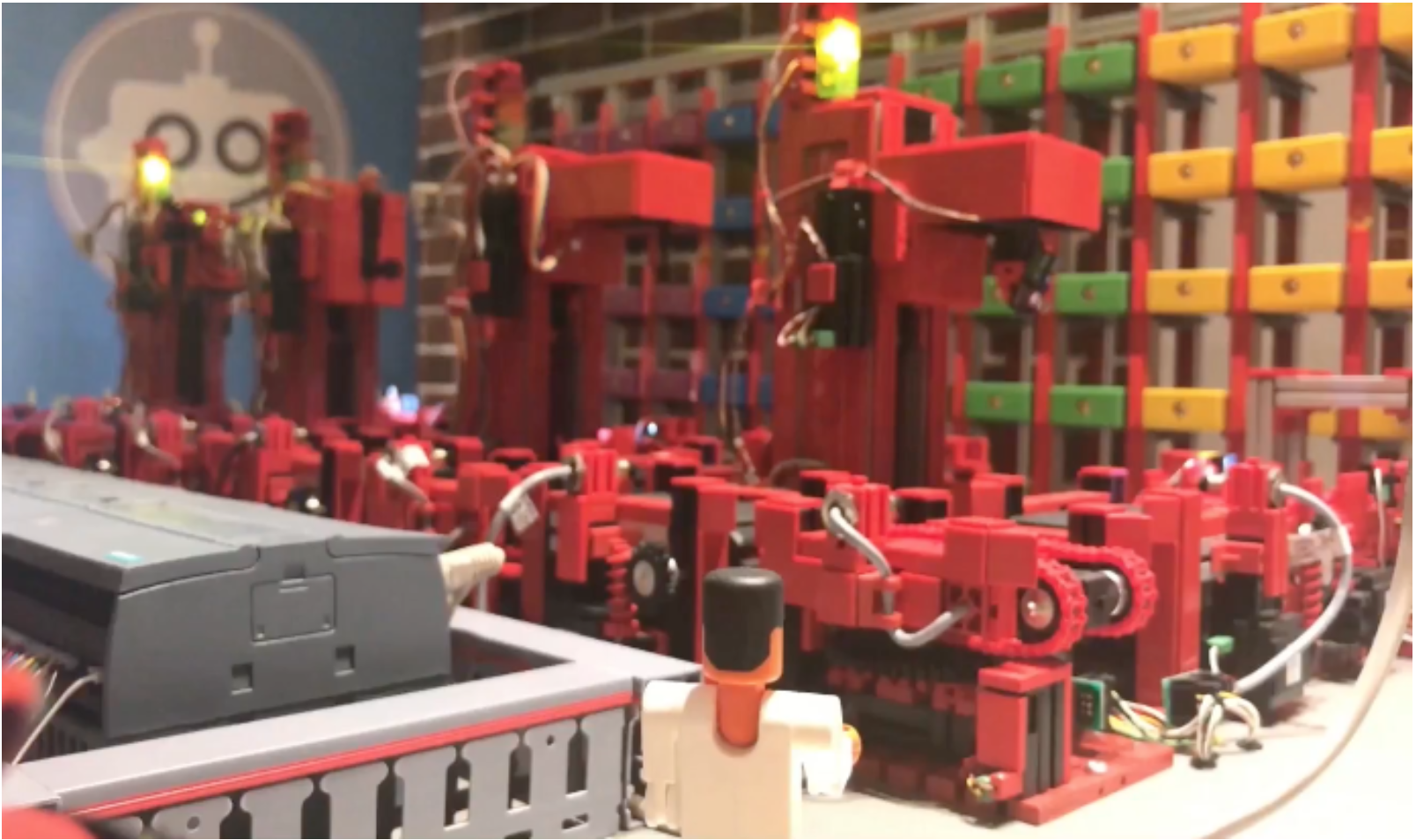Here’s Why Robots Should use Blockchain
Cyber•Fund is introducing a series of publications that provide an overview of some of the best speaker topics we’ve hosted at our meetups. Sergey Lonshakov spoke about why robots should be using the blockchain and how eventually, the entire labor force will consist of robotic workers. Don’t panic though; this doesn’t mean you need to start getting your resume and references together anytime soon.
Many companies are solely focused on the negative impact of physical production on the environment. So much so, that they dare not deign to examine how robotization can provide the necessary transparency needed for supply chains to function harmoniously. Furthermore, this is a highly multifaceted issue, which means that as critical thinkers and innovators we should search for a unique approach or opinion that is strikingly different from our own.
The above graph displays the number of employees working in the oil and gas industry juxtaposed to the total amount of operating rigs. For the most part the two figures were positively correlated, until the number of employees in the oil and gas industry diverges with the quantity of operating rigs. This decreasing trend evinces itself in 2016 as the total quantity of rigs dramatically increased, while the number of industry workers slightly decreased or remained the same.
According to our research and data published by various global employment administrations, all industries experience the same effect when robots are introduced. One MIT study revealed that every robot introduced to the workforce replaces, on average, 5.6 employees. Additionally, every new robot decreases the amount of wages by 0.5% for every 1,000 jobs. Put simply, if robots enter the labor market, then working conditions become worse. This is one of the pinnacle reasons behind the assumption that robots and artificial intelligence will lead to mass unemployment; nobody wants their job to be replaced by machines.

A group of 19th century English textile workers and weavers known as “The Luddites” destroyed weaving machinery as a form of protest. The group remonstrated the use of machinery in order to circumvent standard labor practices.
Those in the labor force afraid of being pinned against their robot counterparts may want to form some type of neo-Luddite movement in order to ensure sempiternal human labor, but this would be misguided. We recently visited a factory that manufactures industrial robots and saw something that resembled enslaved, caged-robots producing parts for other machines. It’s clear this system of enslavement cannot be efficient when creating sophisticated products. Instead, society needs to learn how to cooperate with robots in order to contribute to a better world as we know it.
Bitcoin is not the first p2p electronic cash system or third-party financial institution that allows us to circulate money, but it is the first form of money that can be used by robots. Smart contracts can also be used to create contracts for robots and fluidly integrate them into society.
AIRA
Through our work we have realized that we can control the world of robots via capital. With the inevitable adoption of an economy of robots, the overall share of labor income will eventually reach zero, while the share of capital income will reach 100%.
One of our major projects—Industry 4.0—is a game that models how an intercorporate, smart industrial-area of factories, warehousing and logistical services can conduct daily operational activities while a human controls the manufacturing process via the sheer means of capital. Take a look at the game and see if you can create a world where robots and people work together on equal terms.
For more information please contact: [email protected]



Good Fri...